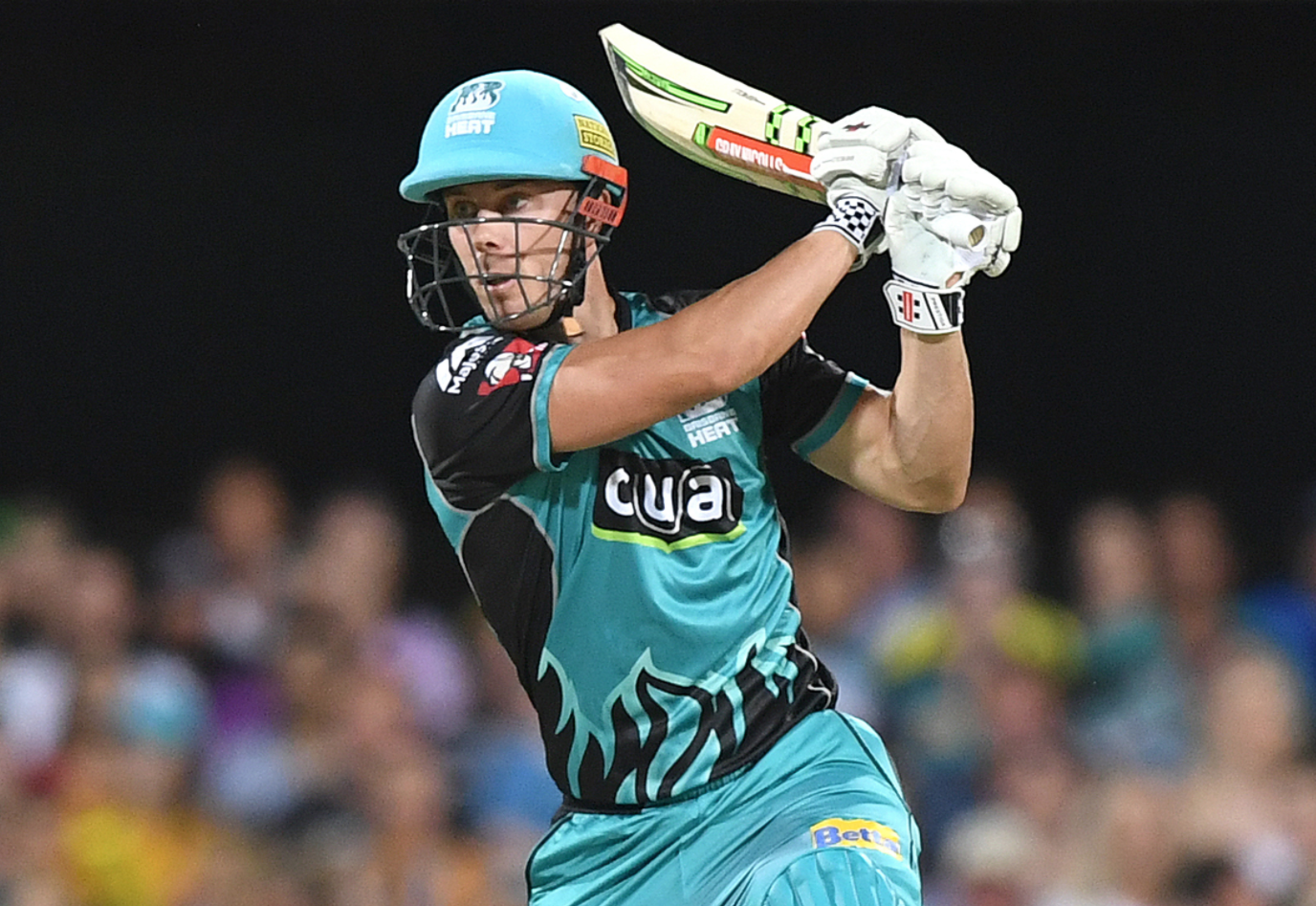Why the rights to broadcast cricket could be worth $1 billion
With shiny new digital players waiting in the wings, the future of cricket on TV is starting to look uncertain, explains Victoria University’s Marc C-Scott in this crossposting from The Conversation.
A fierce bidding war is under way for the rights to stream and broadcast cricket for the next five years. The price is expected to reach A$1 billion, almost double the previous deal. Media companies are facing stiff competition because increasing viewer numbers are luring social media websites and other platforms into the race to host this content.

The Brisbane Heat’s Chris Lynn has been drawing crowds. AAP
The price for rights keeps going up even though the Nine Network is losing money on its cricket coverage and Seven’s CEO Tim Worner has stated recent price increases for sports rights “are not sustainable”.


Considering that the NRL and AFL are level pegging on TV audiences it would appear that either 7 & Fox paid overs for the AFL rights or that 9 & Fox paid unders for the NRL.
Cricket Australia should shut out foxtel and do a deal a joint deal with the FTA networks – 9 do the tests, 7 to do the ODI’s internationals and 10 to do the BBL and T20 internationals.That would be a win win for everyone.